What is a Thoroughpin?
The condition known as Thoroughpin is a distension of the tarsal sheath of the deep digital flexor tendon just above the horse’s hock.Tendon sheaths are “sleeve-like” structures that contain synovial fluid and provide a lubricated environment for the movement of tendons over (flexing and extending) joint surfaces. Thoroughpin may, in less commonly seen cases, be caused by a synovitis of the joint itself.The presence of inflammation within a tendon sheath is termed tenosynovitis.What are the signs or how is a thoroughpin recognised?
Thoroughpin appears as fluid-filled swellings visible on both inside and outside on the upper aspect of the hock, above the hock (tibio tarsal) joint. Does thoroughpin occur on both of the hind legs?
It can occur on both legs but is seen more commonly on one of the hind legs and varies in size. What causes thoroughpin?
It is usually caused by trauma. Are some horses more susceptible than others to developing a thoroughpin?
As in Bog Spavin, the predisposition to thoroughpin is considered to be partially hereditary and some believe that it is more likely to appear in progeny from certain mares and in some of the produce of certain affected sires. Basically any horse with poor conformation in the hock region may be more likely to develop thoroughpin. For example, horses with straight, weak hocks are more likely to develop it.In addition, a young horse just starting work as well as a horse in heavy work may also be at risk due to the added stress on the horse’s legs.The other possible causes include excessive feeding and the premature and severe working of poorly conditioned colts. It is sometimes seen in yearlings at pasture It may occur in older animals from severe sprains.Hard work on slippery ground is another cause of thoroughpin in its more chronic and progressive form. How long does thoroughpin usually take to develop?
The enlargement of thoroughpin may develop in a few hours to a considerable size. This is especially the case in young animals and in older ones also, where it arises out of severe sprain.Most cases are less sudden in their appearance and gradually increase in size through a more prolonged period.Does thoroughpin cause lameness?
Thoroughpin is not usually accompanied by any inflammation, heat or pain and it does not usually cause lameness in affected horses. However, depending on the initial underlying cause, lameness may (or may not) occur during formation of the distension which causes the thoroughpin. How is a thoroughpin recognized or differentiated from other similar type conditions of the hock?
The actual fluid swelling that constitutes a thoroughpin is above the point of the hock. This should not be mistaken for the swelling of bog spavin. How is a thoroughpin differentiated from a bog spavin?
Thoroughpin is a swelling that is found just in front of the Achilles tendon, above the point of the hock and is located higher up than a bog spavin and towards the back of the leg. It must be differentiated from bog spavin so it is always advisable to have the veterinary surgeon to examine any changes in a horse’s hock area especially new swellings in this region.The veterinary surgeon will perform a lameness exam and check the area fully to rule other conditions that may cause a swollen hock, such as bog spavin or ‘sprung hock’, etc. How is a thoroughpin diagnosed?
Finger pressure is placed on the fluid - filled area to confirm diagnosis.
X-Rays and Ultrasound may also be used in diagnosis.X-Rays will show changes in joints and bones while ultrasound examination will show changes in soft tissues such as tendons and ligaments. Is thoroughpin an unsoundness?
Essentially it constitutes a cosmetic blemish of the hock area (similar to the development of windgalls in the fetlock area). It may be an unsoundness in a show horse or in a stallion going for approval. However if it is slight and with no lameness, it may not be an unsoundness in a performance horse. What is the usual treatment used?
Treatment is initial rest, unless the condition is severe. Generally no other treatment is necessary or recommended for routine cases of thoroughpin.In some cases treatment may be draining of the fluid and injection of certain substances or long-acting anti-inflammatories.Is a thoroughpin likely to affect the performance of a horse?
Not usually, but it is important to remember that the hock is a complicated structure, transmitting the powerhouse of the large muscle mass of the hindquarters to the ground. It contains some of the most important joints in a horse and is liable to particular stress injuries. Therefore it is important to ensure adequate veterinary diagnosis of thoroughpin or of any hock conditions.Therefore if in doubt it is advisable to have it scanned and to have the hock X - Rayed.Can thoroughpin be prevented?
While thoroughpin is not the same as arthritis, many of the same activities and conformation flaws that lead to thoroughpin may also lead to arthritis, tendinitis, and other lameness. For this reason, it may be relevant and important to re-evaluate the horse’s work schedule to help keep it physically healthy.
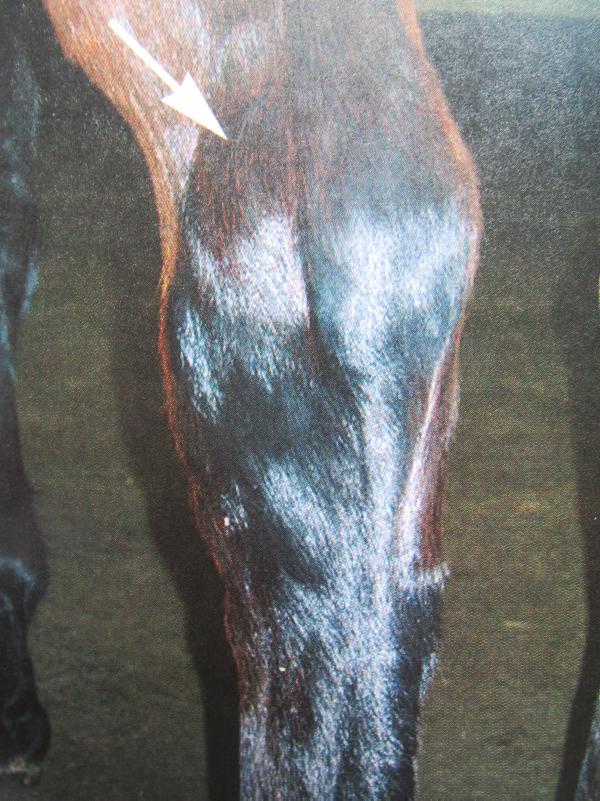

 This is a subscriber-only article
This is a subscriber-only article
 It looks like you're browsing in private mode
It looks like you're browsing in private mode




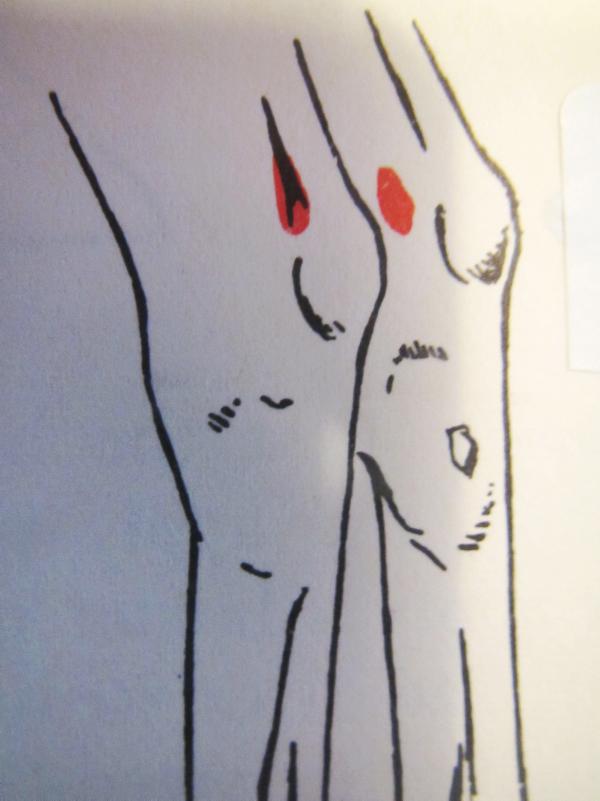

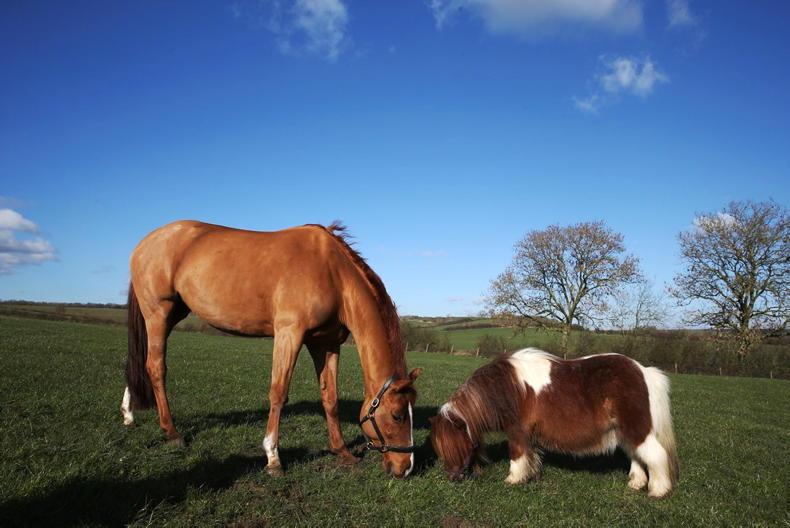
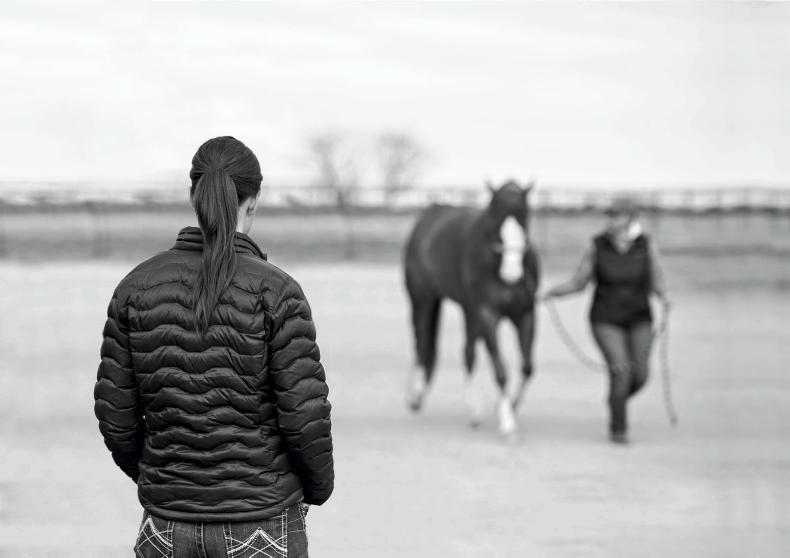
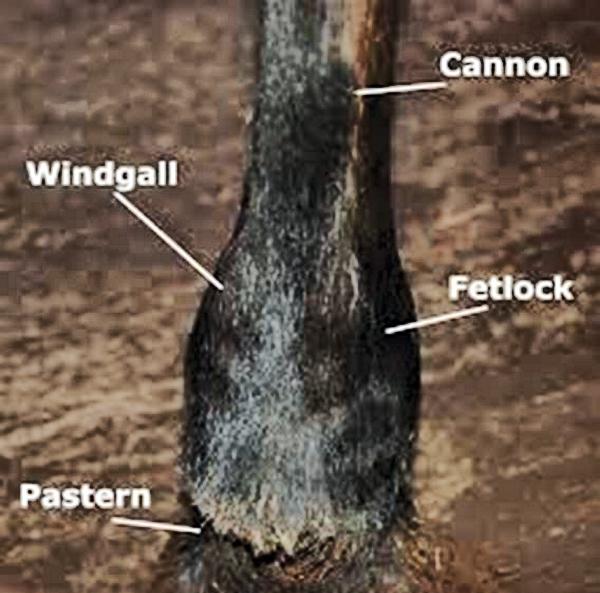

SHARING OPTIONS: